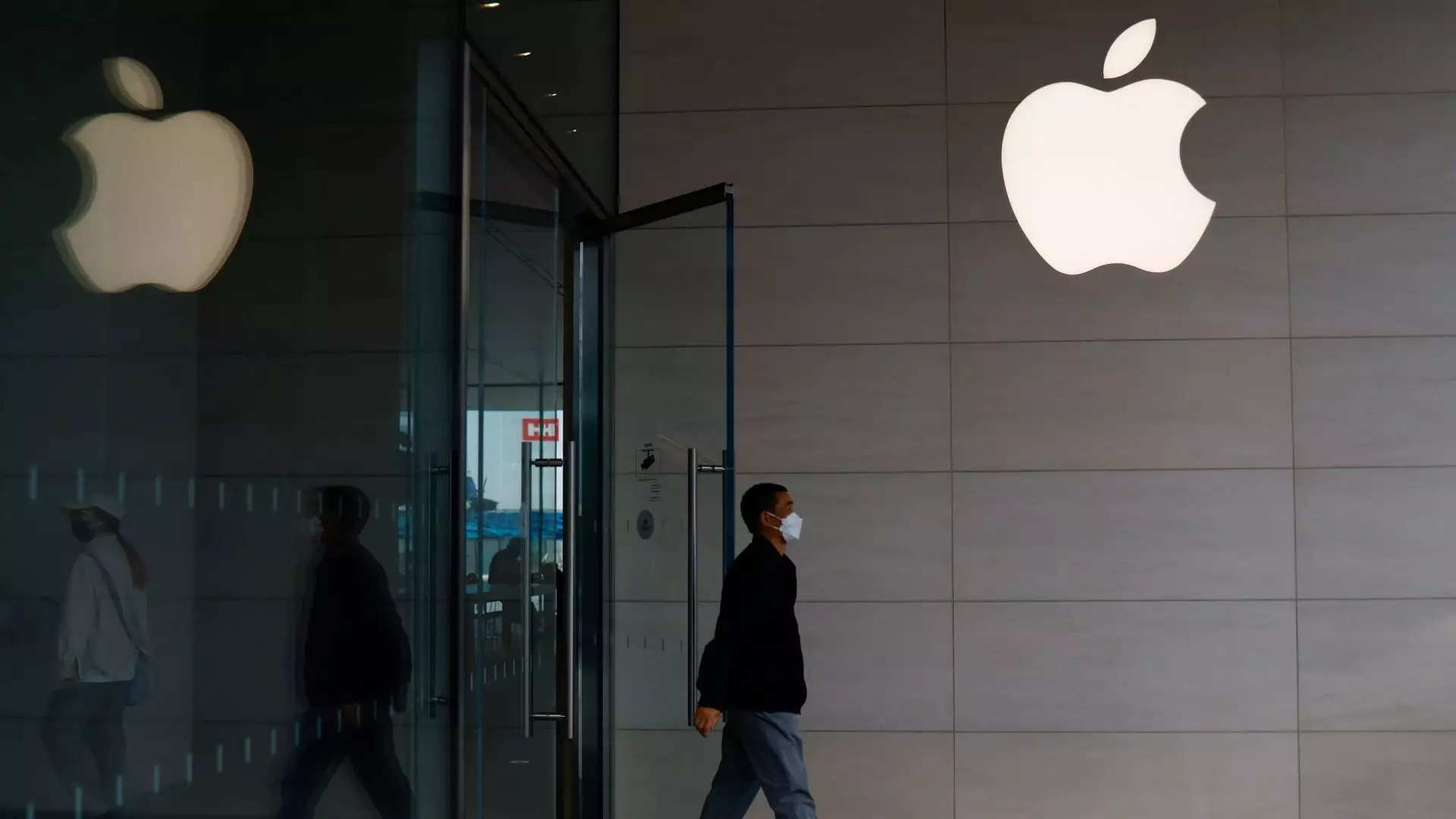In the world of technology investments, few names resonate like Apple. However, the tech giant has encountered significant turbulence in the first half of this year, down more than 19% as concerns around international supply chains and tariffs loom large. These worries, primarily linked to the ongoing trade tensions under previous U.S. administrations, underscore a complex relationship between global politics and stock performance. Investors must recognize that the current macroeconomic climate can shape their expectations regarding future performance, particularly for a company as globally entrenched as Apple.
A Promising Historical Context
While 2023 has been rocky, Apple’s history suggests that a rebound is plausible. An analysis by JPMorgan’s Samik Chatterjee highlights an interesting trend: Apple stock has generally outperformed the S&P 500 during the summer months, specifically tracking a remarkable average gain of 18% from June to mid-September over the past seven years. This outperformance can largely be attributed to the excitement surrounding new iPhone releases, which have consistently invigorated investor sentiment. Comparing this with the broader market’s modest 6% increase paints a more optimistic picture for Apple investors.
The Low Bar of Expectations
Anticipation surrounding the upcoming Worldwide Developers Conference (WWDC) is muted this year, which could inadvertently create an upward pressure on Apple’s share price. With analysts and investors adopting cautiously tepid expectations, any positive developments or announcements could act as catalysts for a surge. Historically, stock prices can experience significant rebounds after negative narratives are flipped to positive ones—an apt demonstration of the psychological underpinnings of market trading.
Substance Over Speculation: AI and iPhone Cycles
Chatterjee also emphasizes the importance of Apple showcasing its capabilities in artificial intelligence during WWDC. As the tech landscape evolves, it’s crucial for Apple to affirm its position not merely as a hardware manufacturer but as a key player in the transformative AI arena. Such maneuvers could bolster investor confidence ahead of the iPhone 17 release, making the narrative around the new device’s sales volume an essential aspect to watch.
Moreover, if the anticipated pressure from tariffs is less severe than forecasted, or if fears concerning price elasticity around the upcoming iPhone are overblown, the potential for a stock upturn increases dramatically. Therefore, it is vital that investors remain vigilant and responsive to these changing narratives.
The Wall Street Consensus
Despite the current uncertainties, the sentiment on Wall Street remains predominantly positive, with numerous analysts maintaining optimistic ratings on Apple. As Chatterjee notes, there is a consensus that the stock could climb approximately 14% over the next year. This common optimism underlines a collective belief in Apple’s storied resilience and innovative prowess, even amid pressing economic challenges.
For investors, this may be the time to closely observe the unfolding trade policies and articulate a strategy for capitalizing on potential rebounds—especially as the fall iPhone launch approaches. Watching how Apple navigates this critical juncture could yield valuable insights into the evolving nexus of technology, trade, and market psychology.

